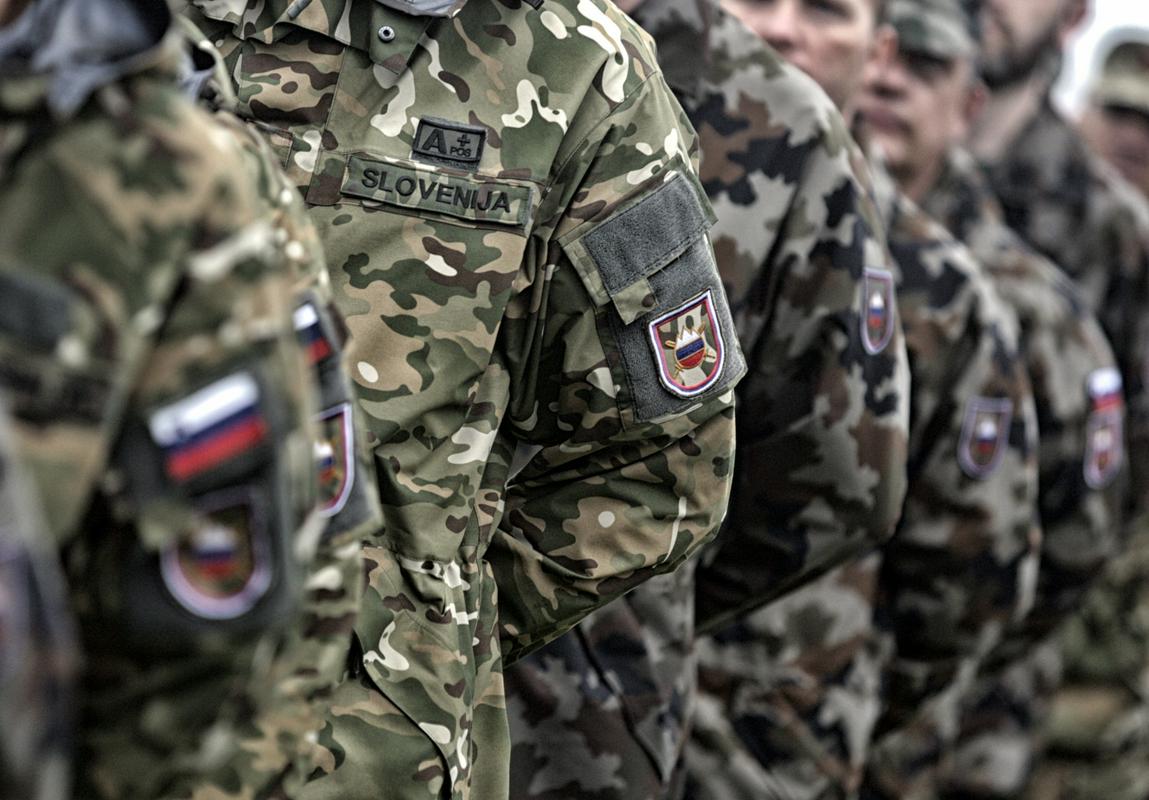The Minister of Defence Andreja Katič announced that Slovenia will stop saving on expenses for defence. The Slovenian defence budget has been persistently shrinking during the last years, in spite of the agreement the Nato members accepted last September in Wales, according to which the expenses for defence should increase to 2% of GDP during next ten years.
Presently Slovenia is allocating one percent of BDP to defence, and the Minister would like 0,01% of GDP to be added to this amount by the end of the year. During coming years, according to Minister's predictions, they will strive for an increase by 0,04% of GDP per year. Katič has also announced that a new act on defence would be prepared in the second half of the year.
Besides Slovenia, also Belgium, the Check Republic, Slovakia, and Canada allocate one percent of GDP to defence, and Latvia, Lithuania, and Spain even less - while Luxemburg remains far behind with 0,4% of GDP.
When considering the purchasing power of the country in the light of expenses for defence, we notice that last year Albania spent the least on defence, i.e. only 55 euros per inhabitant. The Americans participate the most, with 1,700 euros per inhabitant for defence. Slovenia with 200 euros per inhabitant is behind ten other members.
Slovenia spends the most money on salaries, when compared to other members
The Nato standards envisage 50% of the defence budget allocated for salaries, which Slovenia with 82.3% spent on salaries last year substantially exceeded, and took the first place among all the members. At the moment Slovenia has 7,000 soldiers. Slovenia also holds the first place, but on the negative side, in expenses for equipment: instead the planned 20%, in 2014 Slovenia allocated only 0.7% for purchase of equipment and weapons.


































































